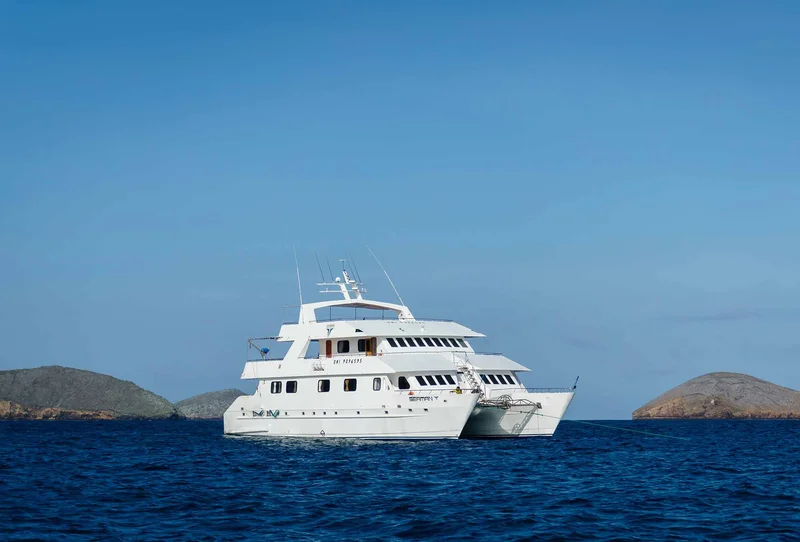Seaman Journey | Catamaran

Overview
Galapagos tours on board this Boutique Catamaran are offered in superior comfort, size, style, and stability. The Galapagos Seaman Journey makes it possible to enjoy several tours in the Galapagos with different cruise itineraries that include wildlife exploration tours at the varied visitor sites of the islands.
During these Galapagos tours, guests may encounter many endemic species like Galapagos Giant Tortoises, Penguins, Land and Marine Iguanas, Frigate Birds, Blue Footed Boobies, and much more!
Galapagos Seaman Journey catamaran infrastructure
Each guest can enjoy the well-furnished areas offering comfort and privacy. Galapagos Seaman Journey has a maximum capacity of 16 passengers allowing both intimacy and camaraderie at the same time. There are several areas to relax in between Galapagos tours with family and friends in the lazy mid-afternoon sun, or likewise after a busy day of swimming, snorkeling, kayaking, or walking on one of the enchanted isles. This Galapagos catamaran has 8 air conditioned cabins, each with twin or queen sized beds, oceanview windows (not portholes), private ensuite shower head and toilet, environmentaly friendly amenities. Being a catamaran offers stability for guest comfort while cruising around this unique collection of volcanic peaks that rise from the pacific in the form of enchanting islands.
Gallery
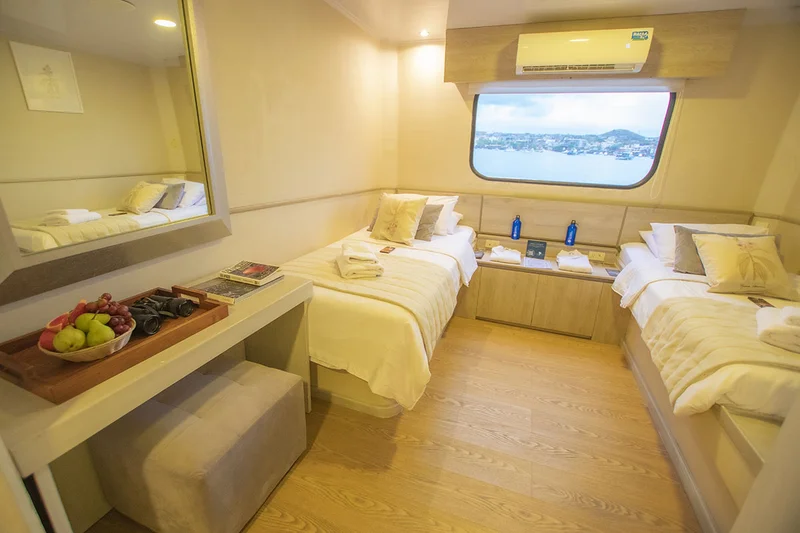
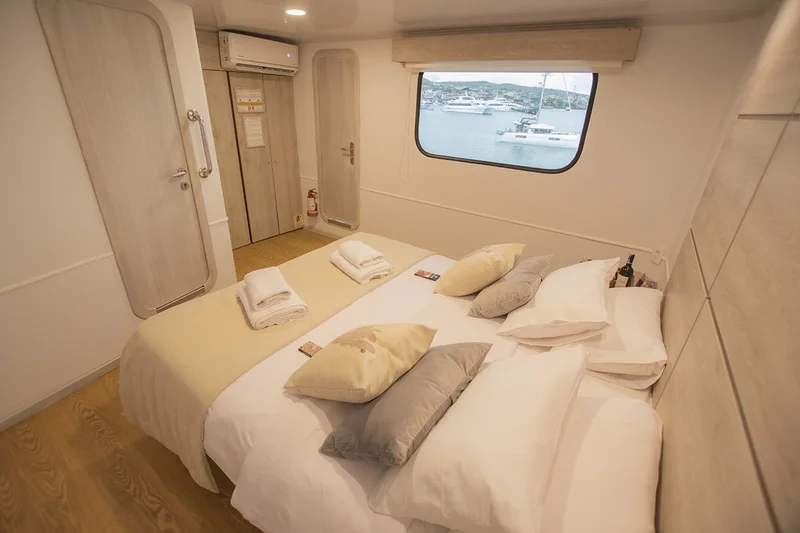
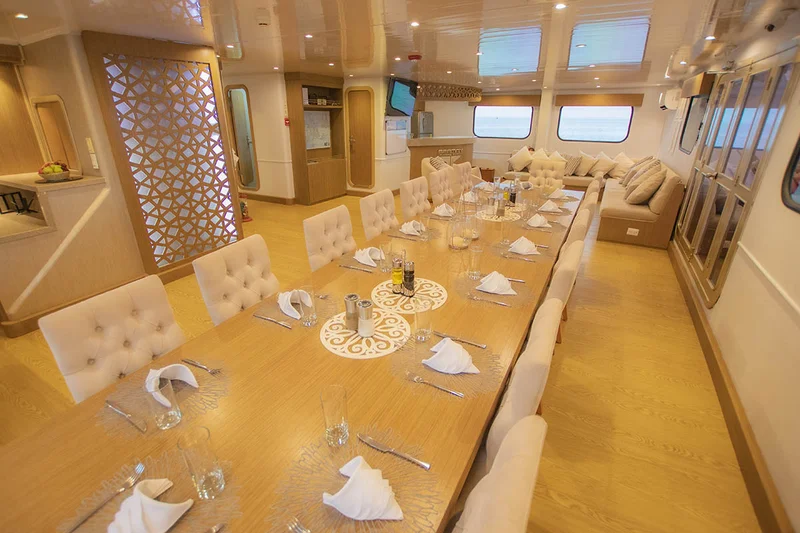
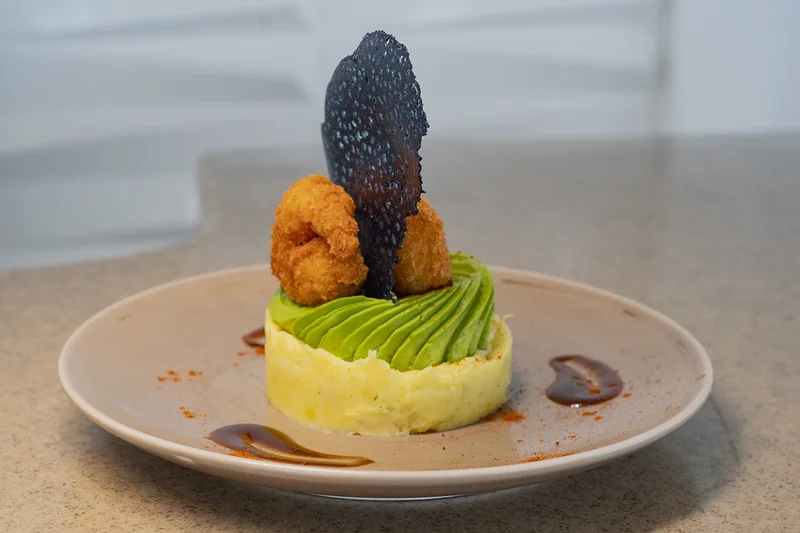
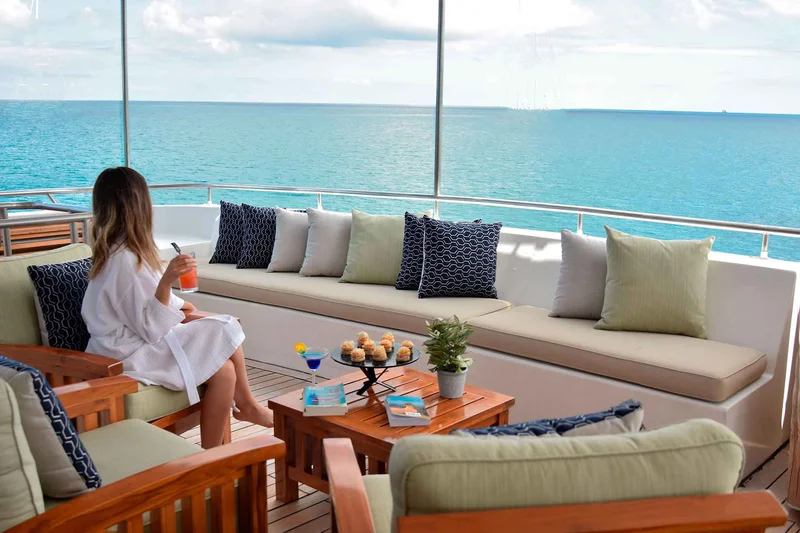
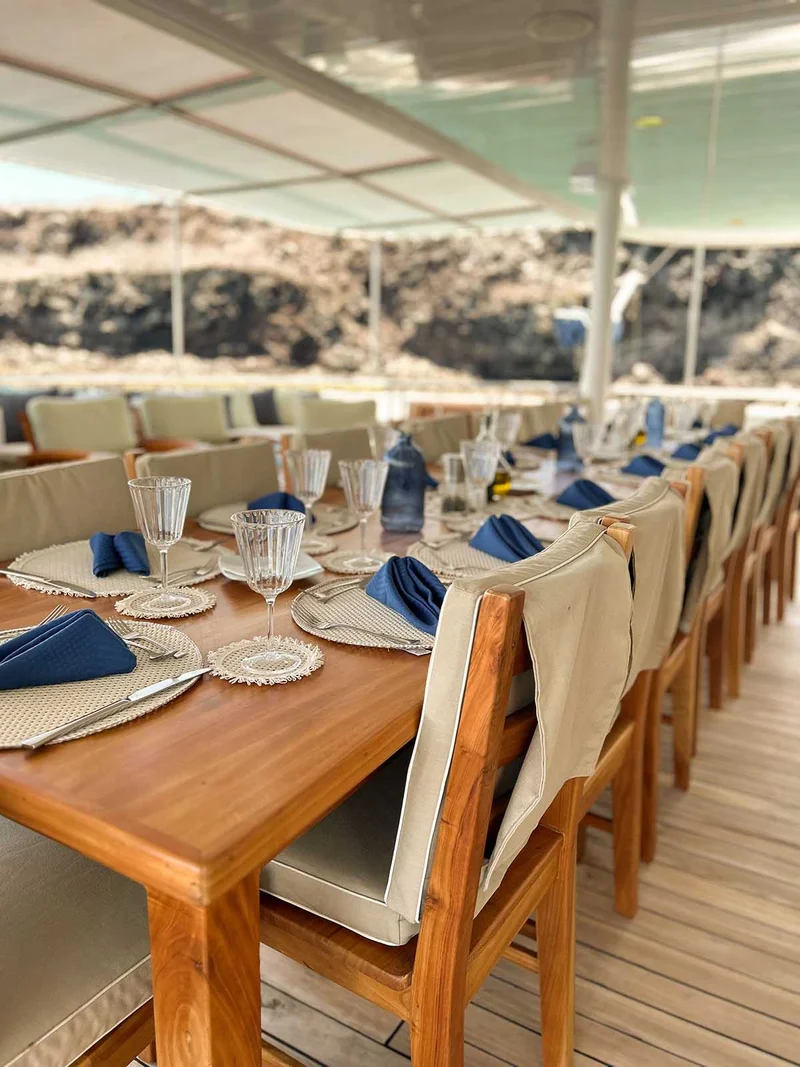
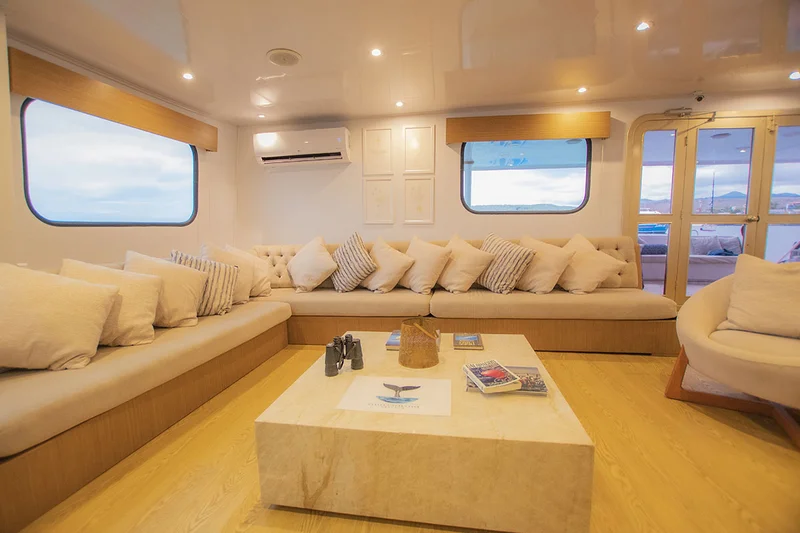
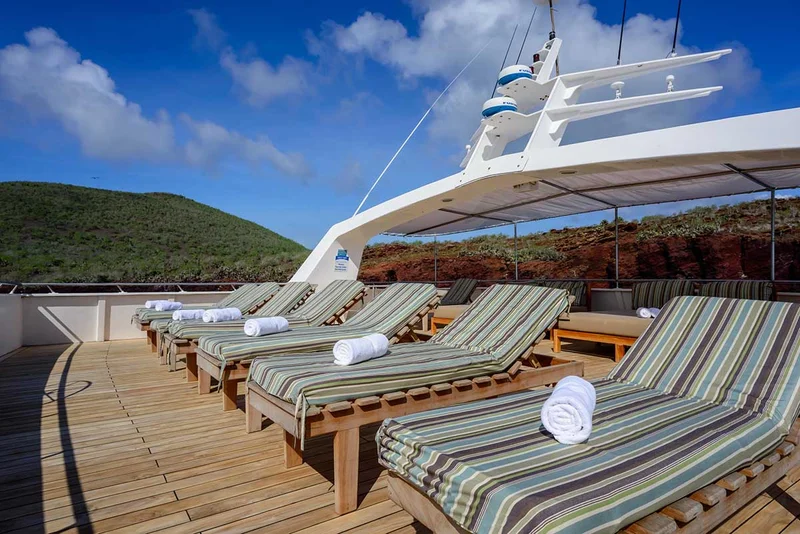
Cabins
Technical Specifications
- Boat Name: Galapagos Seaman Journey - Operator: Latin Trails
- Type: Motor Catamaran
- Category: Boutique Catamaran Naturalist Liveaboard
- Electric system: 2x 50 kw IMO
- Electric power: 110v and 220v AC/DC Material construction: Fiberglass
- Cruising Speed: 10 knots
- Water capacity: 3000 gallons Diesel capacity: 2500 gallons
- Length: 90 feet (27.6 meters) Beam: 36.08 feet (11 meters) Draft: 4.75 feet (1.45 meters)
- Passengers: maximum 16 Crew: 9 members + Galapagos Park Guide
- Main engines: 2x Cummins 350 hp IMO
- Diving: Sport platform*Equipment for sports: Snorkeling (free use of equipment) and sea kayaking Equipment for sports: Snorkeling (free use of equipment) and sea kayaking
- Year build: 2007 / Guayaquil
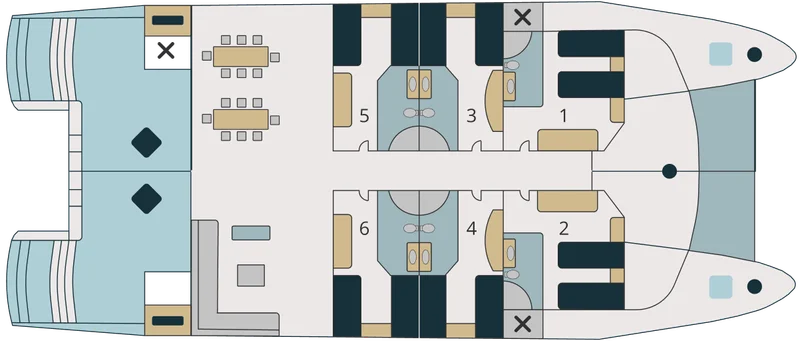
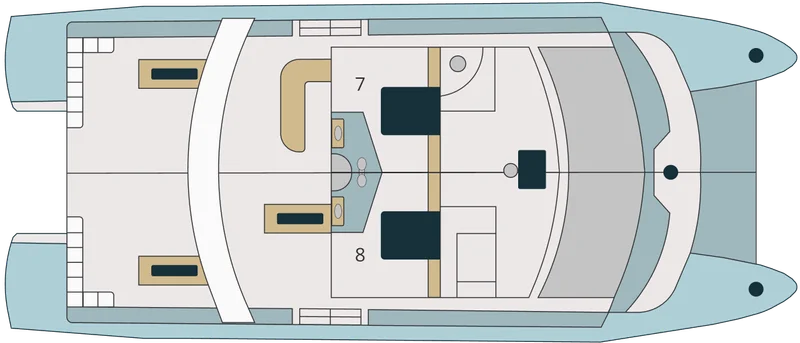
Itineraries
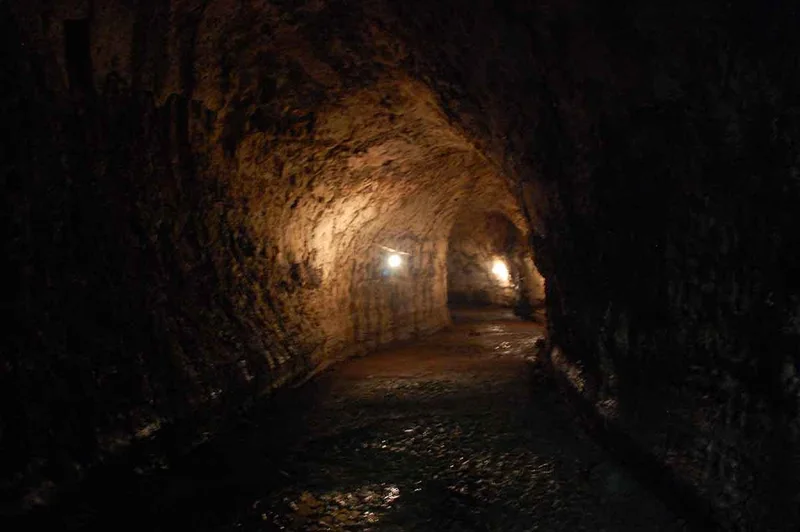
- Day 1 : Santa Cruz Island: Highlands & Twin Craters
- Day 2 : Isabela Island: Moreno Point & Fernandina Island: Mangle Point
- Day 3 : Isabela Island: Urbina Bay & Tagus Cove
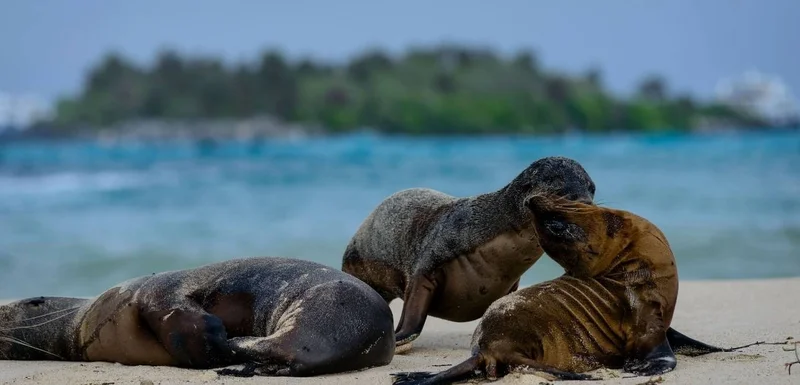
- Day 1 : Bartolome Island
- Day 2 : Mosquera Islet & North Seymour Island
- Day 3 : Genovesa Island: El Barranco & Darwin Bay
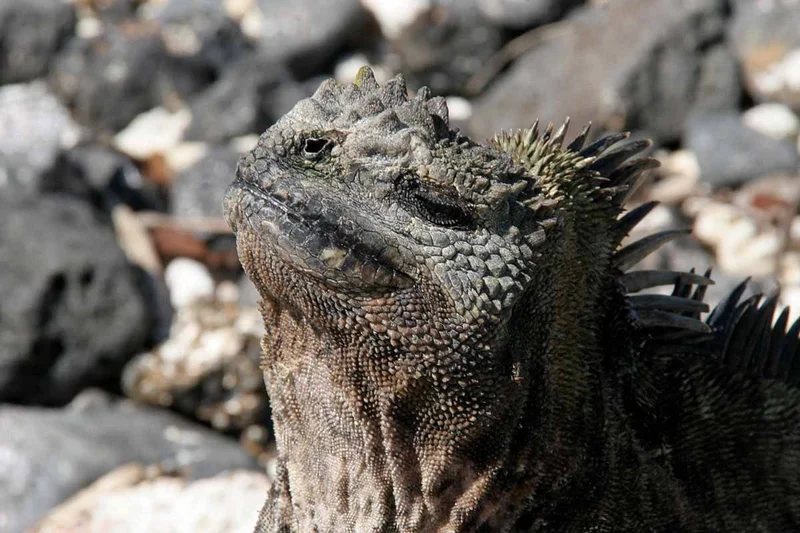
- Day 1 : Bartolome Island
- Day 2 : Mosquera Islet & North Seymour Island
- Day 3 : Genovesa Island: El Barranco & Darwin Bay
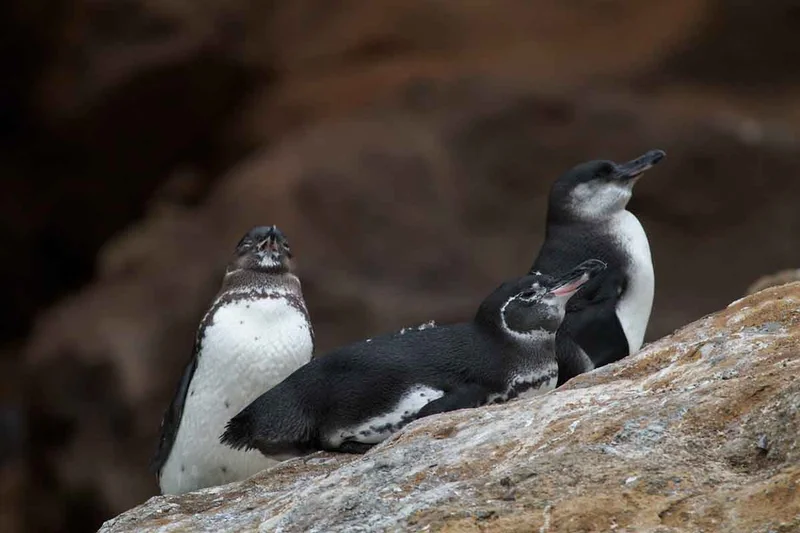
- Day 1 : Gianni Arismendy Environmental Interpretation Centre
- Day 2 : San Cristobal Island: Punta Pitt & Lobos Island
- Day 3 : Española Island: Osborn Islet, Gardner Bay & Suarez Point
Rates
| Cabin | 5 Days | 7 Days | 9 Days | 11 Days | 15 Days |
|---|---|---|---|---|---|
| Twin Ocean View 2025 | $3,516.00 | $5,274.00 | $7,032.00 | $8,790.00 | $12,306.00 |
| Matrimonial Suite 2025 | $3,780.00 | $5,670.00 | $7,560.00 | $9,450.00 | $13,230.00 |
| Charter 2025 | $55,693.00 | $83,540.00 | $111,386.00 | $139,233.00 | $194,926.00 |
| Twin Ocean View 2026 | $3,692.00 | $5,538.00 | $7,384.00 | $9,230.00 | $12,921.00 |
| Matrimonial Suite 2026 | $3,969.00 | $5,953.00 | $7,937.00 | $9,230.00 | $13,890.00 |
| Charter 2026 | $58,478.00 | $87,717.00 | $116,955.00 | $146,195.00 | $204,673.00 |
Dates & Promotions
| Dates | Price | Availability | |
|---|---|---|---|
No data | |||
